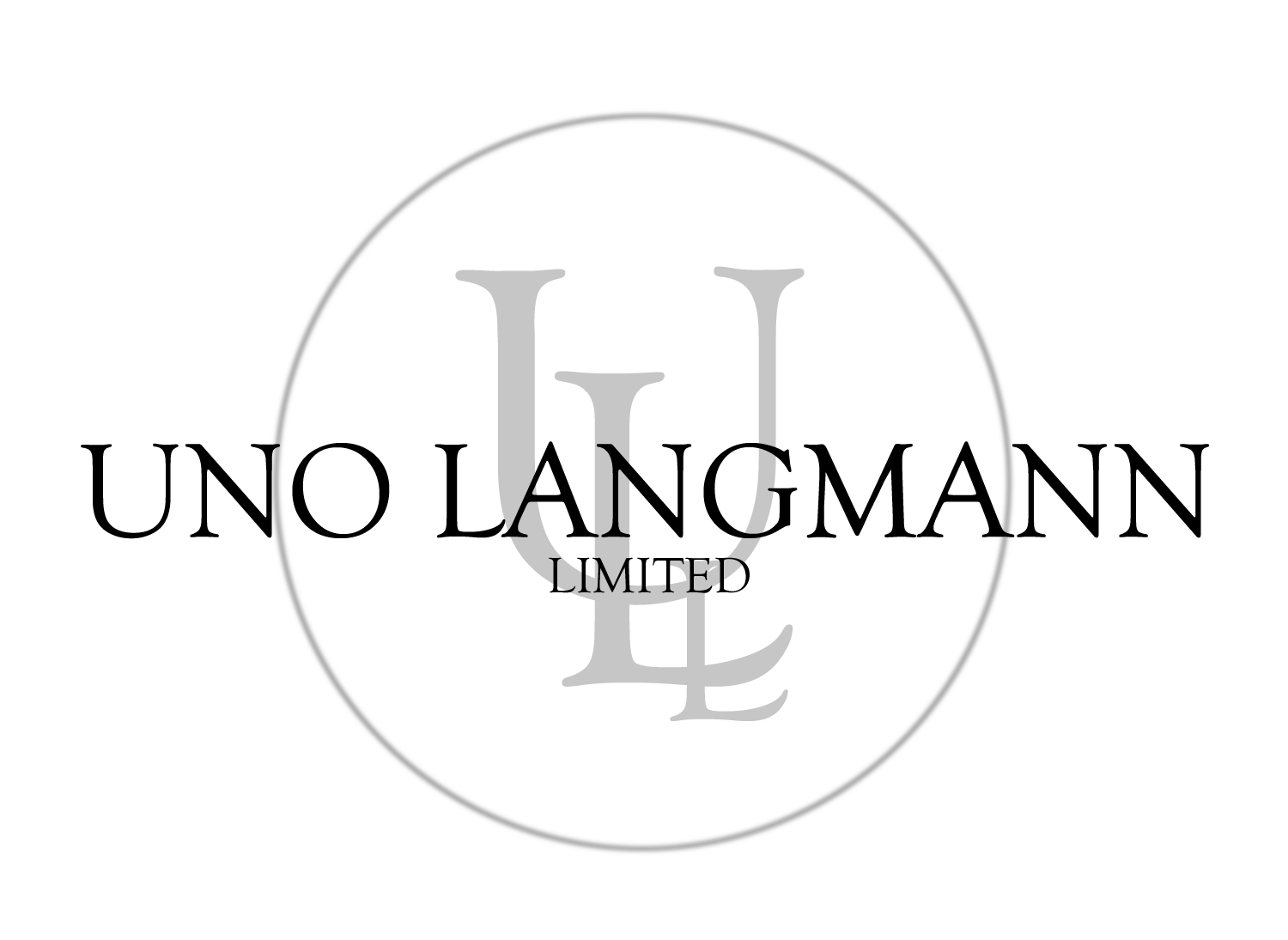SOLD WORKS
William (Bill) Ronald Reid was born in Victoria, B.C. in 1920. His father Ronald Reid Sr. was of Scottish- German descent, his mother Sophie Gladstone Reid was from the Raven/Wolf clan of T’anuu. Raised without knowledge of his Haida heritage, he first visited his ancestral home of Skidegate in his early twenties. There he spent time with his maternal grandfather Charles Gladstone who instructed him in Haida art, and from whom he inherited the tools from his great-great uncle Charles Edenshaw.
Marrying in 1944, Reid moved to Toronto where he worked for CBC Radio as a radio announcer while studying jewellery at Ryerson University. He made regular visits to the Royal Ontario Museum, admiring in particular the carved Haida pole from his grandmother’s village of T’anuu. His first piece of jewellery was a bracelet inspired by one worn by his maternal aunt.
Upon returning to Vancouver Reid established a studio on Granville Island and studied the artwork of Charles Edenshaw; during this time he strove to salvage artifacts and poles from ancient abandoned villages. At UBC’s Museum of Anthropology he assisted in the partial reconstruction of a Haida village, and in 1986 was featured in an exhibit at the MOA. He began making jewellery in silver and gold, gradually exploring and creating larger carvings in bronze and wood. He strove to express his ancestral Haida mythological forms in a contemporary form.
Among Bill Reid’s most important commissions were:
-the 1970 Killer Whale gold box with Beaver and Human, 1971, commissioned by the Royal BC Museum for the travelling exhibit "The Legacy"-the monumental sculpture “The Spirit of Haida Gwaii
- The Black Canoe” for the entrance court of the new Canadian Embassy in Washington, D.C. Commissioned in 1986 by architect Arthur Erickson; a second version “The Spirit of Haida Gwaii
- The Jade Canoe” was cast in 1993 and installed in the International Terminal of the Vancouver International Airport, and the original plaster is on permanent display at the Canadian Museum of History
-“Chief of the Undersea World” installed at the Vancouver Aquarium depicting a reaching orca
-“Raven and the First Men” based on the Haida legend and unveiled in 1986 at UBC’s Museum of Anthropology
Widely exhibited and recognized, Bill Reid was the recipient of many accolades including honourary degrees, the National Aboriginal Achievement Award, the Order of B.C. and was made a member of the Royal Canadian Academy of Arts. He died of Parkinson’s Disease on March 13, 1998; in his honour the cedar canoe he carved for Expo 86 was paddled along the Pacific Coast to bring his ashes to be buried in his ancestral village of T’anuu.





